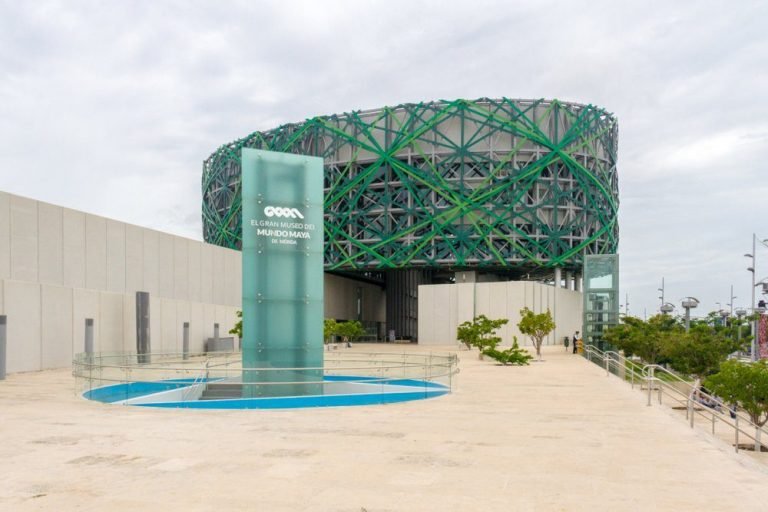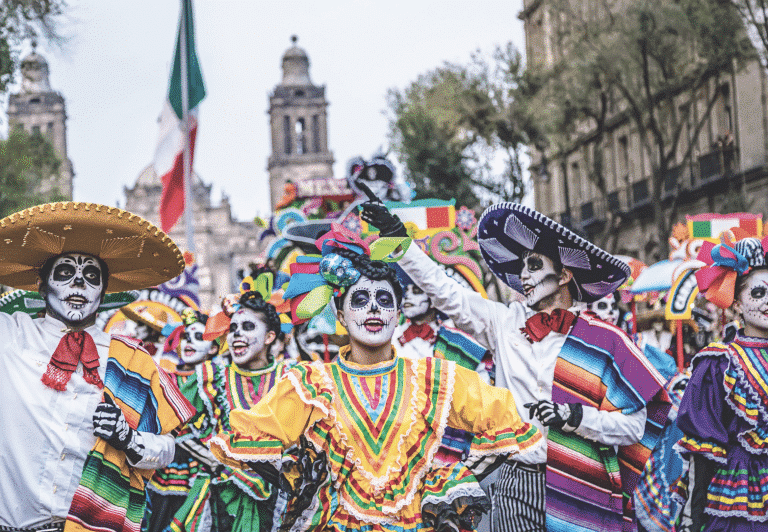How to adapt to jet lag on a trip to Mexico?

Exploring the world is a great experience, but jet lag can often put travelers’ adventures on hold. Whether you’re planning a short trip to Mexico or an extended stay abroad, understanding how to adapt your body clock to new surroundings and avoid nocturnal prolongations is essential. With expert advice from medical professionals at Cleveland Clinic and The National Sleep Foundation, this guide provides all the essential information you need to make sure jet lag doesn’t hamper your fun when traveling across time zones.
Understanding Jet Lag
Jet lag, also known as desynchronosis, is a physiological condition that occurs when the body’s circadian rhythm and internal clock are out of sync with the 24-hour daylight and night cycle of a new environment. It is usually caused by crossing multiple time zones during air travel and can result in varying levels of fatigue, insomnia, irritability and digestive disruption.
Many factors influence the severity of jet lag, including age, individual sleep patterns and health.
What is Jet Lag?
Jet lag is a medical condition where an individual’s body clock is shifted due to travel across multiple time zones. It results from traveling long distances at high speed, mainly by airplane.
When the internal body clock does not adjust immediately to the new environment, it causes symptoms such as tiredness, inability to concentrate or sleeping problems.
Causes and Symptoms of Jet Lag
The most common cause of jet lag is rapid and extensive air travel over multiple time zones. Jet lag often affects travelers who go on extended trips because their bodies have to adapt to a new schedule.
Symptoms can range from mild exhaustion after landing to severe insomnia for days or weeks following arrival in the destination.
Factors that Influence Jet Lag Severity
Factors such as age, individual sleep patterns, health and diet can play a role in jet lag severity. Those who have difficulty sleeping on planes may experience worse jet lag upon arrival in their destination.
Additionally, jet lag may be more pronounced for people who have allergies or digestive problems that flare up when they travel.
I Preparing for the Trip
Knowing how to prepare for a long trip will help individuals minimize the effects of jet lag once they arrive in Mexico. From engaging in healthy sleep habits prior to departure to managing diet and hydration during the flight, there are several ways that travelers can make sure they arrive feeling rested and refreshed.
Adjusting Sleep Schedule Before Departure
Before departing for Mexico, travelers should begin adjusting their sleep schedule ahead of time so that their internal body clock more closely matches the local time at their destination. For example, if flying eastbound from Cleveland Clinic to Barcelona would require shifting one’s sleep cycle three hours forward starting two weeks before departure—in effect adding one hour each day until reaching Spain’s local time upon landing.
Managing Diet and Hydration During Flight
When traveling on planes—especially long-haul flights—it is important to stay hydrated by drinking plenty of water throughout the journey while avoiding caffeine which will disrupt sleep patterns further once you land in Mexico. Additionally, eating foods high in protein like nuts or cheese can help keep energy levels up during flights as well as limit starchy carbohydrates which can make passengers feel bloated or sleepy.
Considering Melatonin Supplements
In some cases , melatonin supplements may be taken prior to take-off in order to facilitate restful sleep during transit . Although studies continue to investigate its efficacy and safety profile , many providers recommend melatonin as an alternative natural approach for easing travel fatigue .
II Coping with Jet Lag During the Trip About
Whether just arriving in Mexico or needing to adjust to the new time zone during the stay , travelers can turn to a variety of strategies to help cope with jet lag . From utilizing light exposure and darkness therapy to staying active and well-rested , there are plenty of practical methods for mitigating jet lag upon landing .
Strategies for Adjusting to the New Time Zone
It is important to pay attention to circadian rhythms when traveling across multiple time zones . In general , staying in the sun during the daytime will help you adjust faster while exposing yourself to darkness at night will produce melatonin that will aid restful sleep.
Additionally, it is helpful to reset your watch after each flight and move all activities one hour earlier or later accordingly —depending on if traveling eastward or westward—until reaching the local destination’s time.
Utilizing Light Exposure and Darkness Therapy
Light and darkness are two important external cues in helping people maintain their circadian rhythm. Exposing oneself to bright light during their waking hours will activate brain cells in areas of the brain known as suprachiasmatic nucleus (SCN).
This helps keep your natural clock in sync with your environment. On the other hand, exposing oneself to darkness near bedtime can support the body’s natural production of melatonin which aids healthy sleep.
Tips for Staying Active and Rested
During travel, try not to nap too long during transit and stick with your usual routine as much as possible. If traveling with children, make sure they get enough activity prior to flights – this may mean taking several short trips away from home before embarking on an extended journey such as Mexico.
Likewise, adults should plan regular movement throughout their day (while avoiding rigorous exercise close bedtime) in order to ensure deep, restful sleep at night. Bringing a pillow or eye mask onboard can also provide comfort for those who struggle sleeping on planes.

Sandra Leutmann, a distinguished international travel expert, holds a diploma from the University of Bremen. With over two decades of experience, she has traversed the globe, enriching her insights into diverse cultures and destinations. Sandra’s expertise is sought after by travelers and industry professionals alike, as she crafts bespoke itineraries that promise authentic and memorable experiences. She was a keynote speaker at the TTG Travel experience conference in Rimini and the WTM in London.






